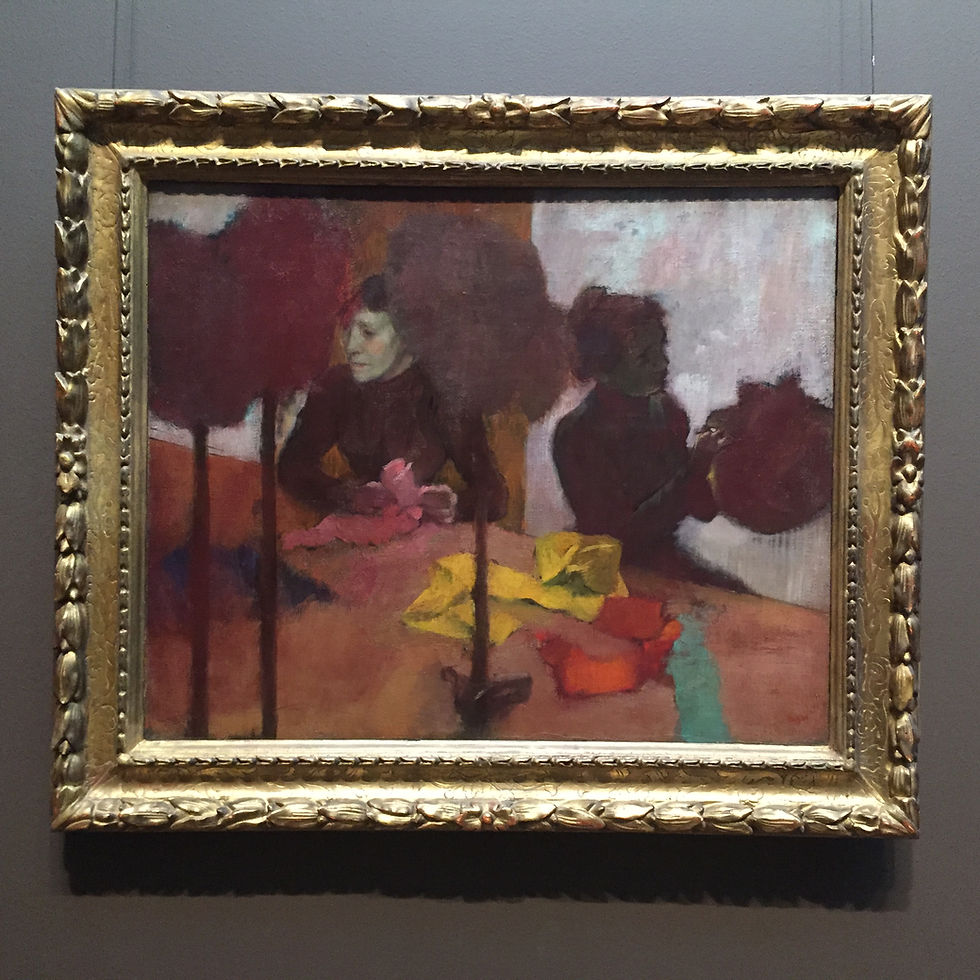With permanent installations across the globe, Barcelona-born Jaume Plensa is the one of the doyens of large scale artistic projects in public spaces. Plensa uses thousands of letters and the shape of the human body to create sculptural works that convey great intensity combined with a mysterious serenity. With the aid of iron, glass and resin, he balances form and scale to give life to works that are both soothing and compelling.
The theme of the heads of young women is a recurring one. Their eyes are closed, their mouth is shut - they look calm, adrift in deep sleep, as if floating in space and time. When we look more closely, we realise that these women are of different ethnicities. Plensa's heads cause us to stop and reflect, it's how he chooses to represent and pay tribute to the rich diversity of our society.
Together follows in the tradition of incorporating contemporary art installations in sacred spaces. Plensa's work stands out while subtly blending in, adding a new experiential layer to the environment. Part of the project was placed in the basilica of Saint Giorgio Maggiore, steps away from Tintoretto's extraordinary Last Supper. And while any suggestion of a 'dialogue' between the two artists would be an unwelcome stretch, Plensa's contribution arguably created a stunning vision of intimate connectedness that is likely to have stirred the soul of viewers from all faiths.
#jaumeplensa #venicebiennale #togethervenice #art #contemporaryart #artinstallation #artblog #artblogger #beyondthecanvasblog





Jaume Plensa, Together (2015). Photos all mine.






